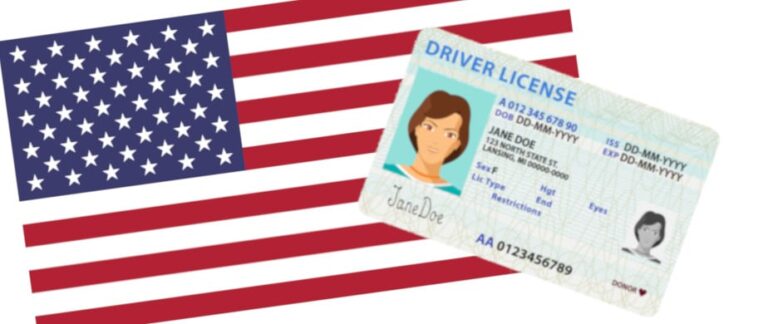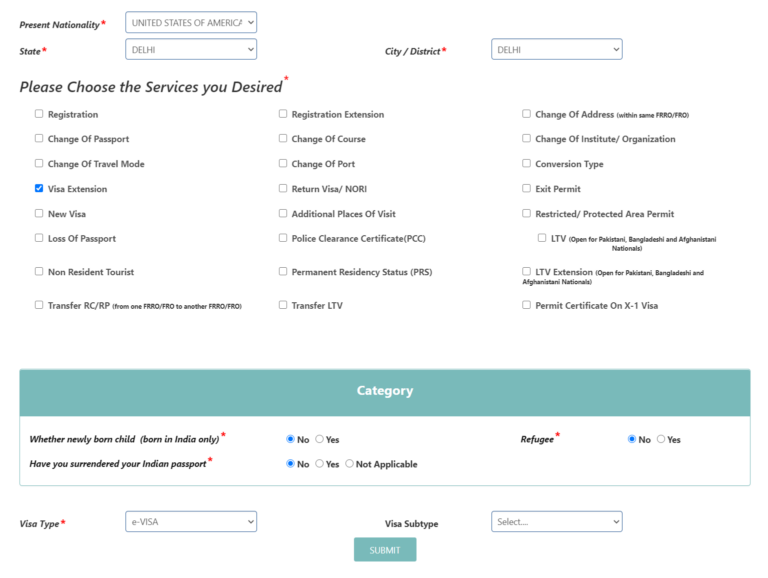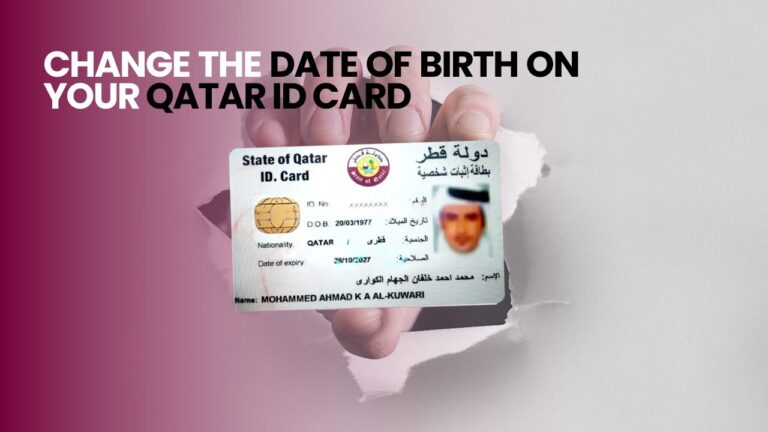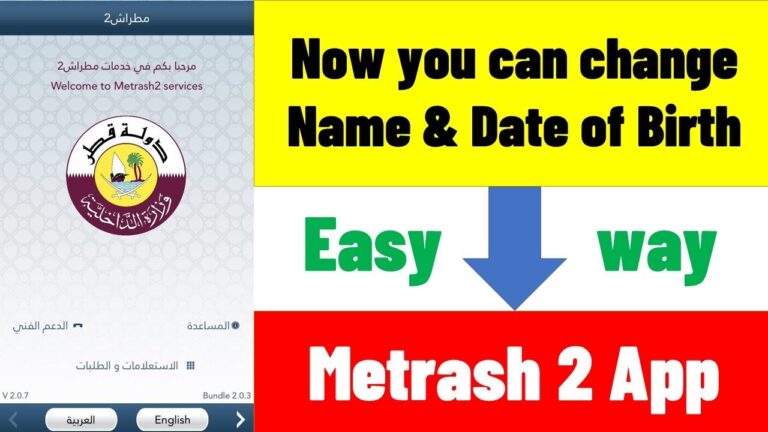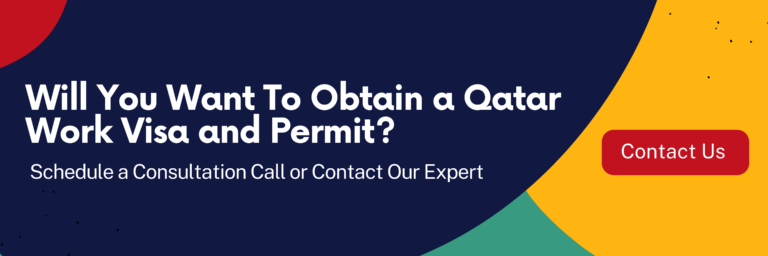Embark on Your Adventure: Demystifying the Types of Indian Visas

Understanding Indian Visas
Types of Indian Visas
When planning your trip to India, it’s essential to understand the different types of visas available. The Consulate General of India issues several visas tailored to various purposes of visit (Consulate General of India, San Francisco). Here are the primary types of Indian visas:
- Tourist Visa: For those visiting India for tourism or meeting friends and relatives.
- Business Visa: For business-related activities such as meetings, conferences, or trade events.
- Student Visa: For students enrolled in an educational institution in India.
- Employment Visa: For those taking up employment in India.
- Medical Visa: For individuals seeking medical treatment in India.
- Conference Visa: For attending a conference or seminar.
- Journalist Visa: For journalists visiting India for media-related work.
Each visa type comes with its own set of requirements, validity periods, and permitted activities. You can refer to the detailed information provided by the Consulate General of India, San Francisco to determine which visa suits your travel needs.
Overview of Indian E-Visas
The Indian government provides an e-Visa scheme, which makes it easier for tourists and business travelers to obtain their necessary travel documents. This scheme includes several e-Visa categories (Consulate General of India, San Francisco, California):
- e-Tourist Visa: Available for 30 days, 1 year, or 5 years.
- e-Business Visa: For business-related activities.
- e-Medical Visa: For medical treatment purposes.
- e-Medical Attendant Visa: For accompanying patients traveling on an e-Medical visa.
- e-Conference Visa: For attending conferences or similar events.
The application process for e-Visas is done online and should be completed at least 4 days before your arrival date. For e-Tourist and e-Business visas, you can apply with a window of up to 120 days for selecting the arrival date.
| Visa Type | Validity | Maximum Stay | Entry Points |
|---|---|---|---|
| e-Tourist Visa (30 days) | 30 days | 30 days | Specific airports and seaports |
| e-Tourist Visa (1 year) | 1 year | 90 days per visit | Specific airports and seaports |
| e-Tourist Visa (5 years) | 5 years | 90 days per visit | Specific airports and seaports |
| e-Business Visa | 1 year | 180 days per visit | Specific airports and seaports |
| e-Medical Visa | 60 days | 60 days | Specific airports and seaports |
For detailed guidance on how to apply, visit our page on applying for Indian visa online.
The e-Visas are generally issued electronically and you will receive an email confirmation, which you can print and present upon arrival in India. For specific entry points where e-Visas are accepted, check the detailed list provided by CIBTvisas.
By understanding the various types of Indian visas and the e-Visa process, you can ensure a smooth preparation for your adventure to India. Whether you’re traveling for sightseeing, business, study, or medical treatment, there’s an appropriate visa category for you. For additional information on visa fees and the documentation checklist, visit our dedicated sections on Indian visa fees and Indian visa documents checklist.
Tourist Visas
When planning your adventure to India, understanding the requirements and processes for obtaining a tourist visa is essential. This section will help demystify the eligibility criteria, application steps, and validity periods for an Indian tourist visa.
Eligibility and Application Process
To be eligible for an Indian tourist visa, you must meet certain criteria. Primarily, you should be traveling solely for tourism purposes. This includes vacationing, sightseeing, or visiting friends and relatives. If you plan to engage in other activities, such as business or study, you will need a different type of visa.
Eligibility Criteria:
- Valid passport with at least six months validity from the date of arrival in India
- Recent passport-sized photograph
- Travel itinerary
- Proof of sufficient funds to cover your stay
Application Steps:
- Online Application: Visit the apply for Indian visa online portal and fill out the visa application form.
- Upload Documents: Submit required documents, including a scanned copy of your passport and a recent photograph (Consulate General of India, San Francisco, California).
- Pay Visa Fee: Fee structures vary based on the duration and time of year, ranging from US$10.00 to US$80.00.
- Receive e-Visa: Once your application is approved, you will receive an electronic visa via email.
For detailed information on the application process, refer to our Indian visa application process guide.
Validity and Stay Periods
The validity and duration of stay for Indian tourist visas are essential factors to consider when planning your trip. The e-Tourist visa for India is generally valid for multiple entries and remains valid for 1 year from the date of electronic approval (CIBTvisas).
Validity and Stay Periods:
| Visa Type | Validity Period | Stay Period |
|---|---|---|
| e-Tourist Visa | 1 Year | Up to 90 days per visit |
| Traditional Tourist Visa | Varies | Up to 180 days per visit |
Some nationalities are eligible for up to 180 days per visit under the e-Tourist visa program. It’s crucial to check the specific requirements and limitations based on your nationality.
To ensure compliance with the visa regulations, always verify the Indian visa validity period and stay limits before embarking on your journey.
For more detailed information on tourist visas, eligibility requirements, and valid stay periods, you may refer to the Indian tourist visa page. If further assistance is needed, the Indian visa helpline can provide support.
Business Visas
Purpose and Requirements
A business visa is intended for those traveling to India for commercial purposes, such as establishing business connections, attending meetings, or participating in trade events. The purpose of a business visa must align with the applicant’s professional activities and objectives during their stay in India.
To be eligible for a business visa, you must provide:
- A valid passport with at least six months of validity from the date of arrival in India.
- A completed visa application form.
- A recent passport-sized photograph.
- Proof of business activities, such as an invitation letter from an Indian business partner, a letter of intent from your employer, or evidence of trade events you plan to attend.
- A confirmed return ticket.
Applicants should also note that biometric details will be captured upon arrival in India (Consulate General of India, San Francisco, California). For a comprehensive checklist of required documents, refer to our indian visa documents checklist.
Duration and Multiple Entry Options
The business e-Visa for India is valid for one year from the day of electronic approval. It allows for multiple entries, permitting stays of up to 180 days per visit (CIBTvisas). This flexibility is particularly beneficial for those needing to travel frequently to India for business purposes.
For detailed information on the visa validity period and processing time, visit our sections on indian visa validity period and indian visa processing time.
| Visa Type | Validity | Maximum Stay | Multiple Entries |
|---|---|---|---|
| Business e-Visa | 1 year | 180 days per visit | Yes |
It is important to note that the business e-Visa is non-extendable and non-convertible. Travelers should plan their activities within the granted visa duration to avoid any overstay issues. For further guidance on the application process, check our page on apply for indian visa online.
Understanding the nuances of the business visa can help you navigate the application process with ease. For any inquiries or additional support, refer to our indian visa helpline. Additionally, explore related sections for further information on indian visa requirements and indian conference visa.
Student Visas
Understanding the process for obtaining a student visa is essential for international students planning to study in India. Here we will discuss the enrollment criteria and the work opportunities available to those holding a student visa.
Enrollment Criteria
To be eligible for a student visa in India, you must first secure admission to a recognized Indian educational institution. This can be a school, college, or university that offers full-time academic programs. The following are the key enrollment criteria for obtaining a student visa:
- Admission Letter: You must have an official admission letter or offer letter from the educational institution confirming your enrollment.
- Application Form: Complete the online visa application form and upload necessary documents (Indian visa application process).
- Passport: Your passport must be valid for at least six months beyond your intended stay in India.
- Photographs: Follow the Indian visa photo requirements to ensure your photograph is acceptable.
- Financial Proof: Demonstrate sufficient financial means to cover your tuition fees and living expenses during your stay in India.
- Academic Records: Submit previous academic records, such as transcripts and certificates.
| Enrollment Criteria | Description |
|---|---|
| Admission Letter | Official letter from recognized educational institution |
| Application Form | Completed online visa application |
| Passport Validity | At least six months beyond stay |
| Photographs | As per visa photo requirements |
| Financial Proof | Evidence of sufficient funds |
| Academic Records | Transcripts and certificates |
For detailed information on the steps and documentation required, visit our page on Indian visa requirements.
Work Opportunities for Students
In India, international students on a student visa are generally allowed limited work opportunities. Here are the key points regarding work opportunities for student visa holders:
-
On-Campus Employment: Students are usually permitted to take up part-time on-campus jobs. These can include positions like research assistants, campus ambassadors, or jobs within the university library.
-
Internships: Students can engage in internships related to their field of study. Some programs may offer internships as part of the course curriculum, providing practical experience and exposure.
-
Work Permissions: Any employment, whether on-campus or off-campus, usually requires permission from the educational institution and must align with the visa regulations.
| Work Type | Opportunities |
|---|---|
| On-Campus Employment | Part-time roles such as research assistants, campus jobs |
| Internships | Related to field of study and may be part of curriculum |
| Work Permissions | Require institution’s approval and must adhere to visa norms |
For more tips on managing your study and work-life balance, refer to our article on indian visa for students.
By understanding the enrollment criteria and work opportunities available, international students can better prepare for their journey to study in India. For comprehensive details on the application process and other relevant information, visit our main page on types of Indian visas.
Medical Visas
Navigating the process of obtaining a medical visa for India can be challenging. This section covers the essential details of the Medical e-Visa and its validity and entry permissions.
Medical e-Visa Details
The Medical e-Visa for India is ideal for individuals seeking medical treatment in India. Designed to facilitate short-term treatment plans, the Medical e-Visa simplifies the process while ensuring compliance with Indian immigration regulations.
Key Information:
- Triple Entry: The Medical e-Visa allows for up to three entries, making it convenient for follow-up treatments or consultations (CIBTvisas).
- Application Process: Applicants can apply for the Medical e-Visa online, significantly reducing procedural complications. Detailed instructions can be found in our indian visa application process guide.
- Requirements: You will need a valid passport, a recent photograph, and documentation or a letter from the medical institution in India where treatment is planned. Please refer to our detailed indian visa documents checklist for more information.
Validity and Entry Permissions
Understanding the validity period and entry permissions is crucial for planning your medical trip to India.
Validity Period:
The Medical e-Visa is valid for up to 60 days from the date of your first arrival in India. Unlike other visas, you cannot extend this validity period.
Entry Permissions:
- Triple Entries: You are permitted to enter India three times during the 60-day period. This is particularly useful for patients requiring multiple consultations or follow-up treatments within a short timeframe.
- Non-Extendable: Unfortunately, the Medical e-Visa cannot be extended. If a longer stay is required, a traditional visa application is advised. For assistance, visit our page on indian visa extension rules.
- Application Limit: You cannot apply for or use an e-Visa while already in India. Should you need longer term medical care, consider applying for a traditional medical visa.
| Visa Type | Validity Period | Entry Permissions | Max Entries |
|---|---|---|---|
| Medical e-Visa | 60 days | Non-extendable | 3 |
| Tourist e-Visa | Up to 1 year | Multiple | N/A |
| Business e-Visa | Up to 1 year | Multiple | N/A |
For more in-depth information on e-Visas, you can visit our comprehensive guide on indian e-visa process.
Whether you require a specific medical procedure or ongoing treatment, the Medical e-Visa can simplify your journey. Ensure to follow the application requirements and keep track of the validity and entry rules to make the most of your medical trip to India. For further details on the indian medical visa, consult our complete resource section.
Additional Visa Information
Registration Requirements
If you are visiting India on a Student Visa, Medical Visa, or Employment Visa and your stay exceeds 180 days, you must register with the Foreigners Regional Registration Officer (FRRO) or the Foreigners Registration Officer (FRO) within 14 days of arrival (Consulate General of India, San Francisco). This registration is vital for compliance with Indian immigration rules and for hassle-free stay in the country.
| Visa Type | Registration Time |
|---|---|
| Student Visa | Within 14 days of arrival if stay exceeds 180 days |
| Medical Visa | Within 14 days of arrival if stay exceeds 180 days |
| Employment Visa | Within 14 days of arrival if stay exceeds 180 days |
U.S. citizens visiting India for purposes such as study or work, or any plan exceeding 180 days, must ensure their registration is completed promptly. This registration also applies to newborns if you are traveling to India for childbirth (Travel.State.Gov).
For minors, a notarized parental authorization form, signed by both parents, along with copies of their passports and marriage certificate, is mandatory for obtaining a visa (Consulate General of India, San Francisco). Be sure to visit our detailed guide on Indian visa requirements to ensure all necessary documents are prepared.
Dual Nationality Issues
India does not allow its citizens to hold dual nationality. If you are a U.S. citizen of Indian descent, you can apply for an Overseas Citizenship of India (OCI) card at the Indian Embassy or Consulates. While the OCI card does not grant Indian citizenship, it offers several benefits similar to a U.S. “green card,” such as the ability to work, study, own property, and travel to India indefinitely (Travel.State.Gov).
| U.S. Citizens | Benefits of OCI Card |
|---|---|
| U.S. Citizens of Indian Descent | Working, studying, owning property in India, traveling to India indefinitely |
However, it is crucial for U.S. citizens to use their U.S. passport when traveling to and from the U.S. For more information on overseas citizenship and travel, visit our article on Indian entry visa.
For any additional questions or concerns about registration or dual nationality, you can refer to our Indian visa helpline. Make sure you are well-prepared and aware of these requirements to ensure a smooth experience on your journey to India.


